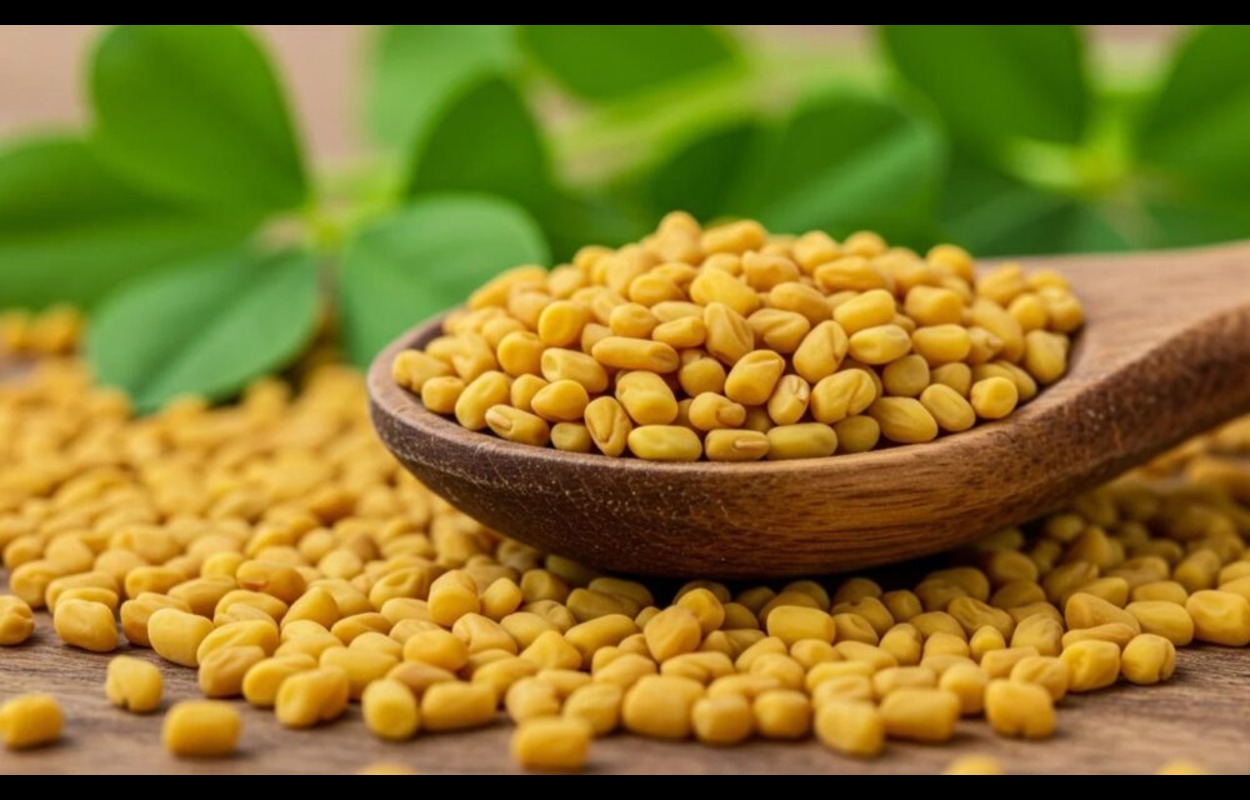Introduction to Foenegriek
If you’ve ever browsed the aisles of a health food store or strolled through a spice market, you may have come across the intriguing name “fenugreek.” This plant, also known as methi (scientific name: Trigonella foenum-graecum), has played a vital role in cuisines around the world and in traditional medicine for centuries. Let’s explore together what makes fenugreek such an interesting and versatile herb.
What exactly is Foenegriek?
Foenegriek is a plant in the legume family. Its small, golden-brown seeds are packed with nutrients and phytochemicals. While the seeds are the most commonly used ingredient, the leaves are also edible and flavorful, giving fenugreek a dual value in both cooking and herbal medicine.
You might also be interested in: Lyposingrass
Culinary Uses Around the World
Foenegriek seeds and leaves are staple ingredients in the cuisines of India, the Middle East, and North Africa. Some of their most common uses include:
Spice Blends: Fenugreek seeds are often ground and used in curries, pickles, and spice blends. They impart a slightly bitter, nutty flavor to dishes.
Green Leaves: The leaves (called “methi” in Hindi) are added to vegetable dishes, rotis, and stews.
Fresh or dried, the leaves offer a unique aroma.
Herbal infusions and teas: In some cultures, the seeds are steeped in hot water to prepare herbal teas with recognized therapeutic properties.
Traditional and modern health benefits: Fenugreek has long been used in Ayurvedic medicine, Traditional Chinese Medicine, and other healing traditions. But do these age-old beliefs hold up in the face of modern research?
Digestive benefits: Fenugreek seeds are known to relieve indigestion and promote gut health.
Blood sugar control: Several studies have examined fenugreek’s potential to regulate blood sugar and help people with diabetes.
Women’s health: It has been consumed for centuries to support lactation and hormonal balance.
Antioxidant properties: It contains flavonoids, vitamins, and minerals that help reduce oxidative stress.
It is important to note that, despite its many potential health benefits, more clinical studies are needed to confirm some of its effects.
How to Use Fennel at Home
Whether you’re an adventurous cook or simply curious about natural remedies, here are some ways to use fennel:
Add ground seeds to your curries, soups, and sauces.
Sprinkle dried fronds on your savory breads or muffins.
Make a simple infusion by steeping a teaspoon of seeds in hot water for 5 to 10 minutes.
Tip: Due to its strong flavor, start with a small amount and gradually increase it to your desired strength.
Possible Side Effects and Precautions
Like any plant or dietary supplement, foenegriek can cause side effects in case of overdose:
Some people report mild digestive discomfort or a maple syrup odor in their sweat and urine.
It may interact with certain medications, including blood thinners and antidiabetics.
Pregnant women should use it with caution, as high doses may stimulate uterine contractions.
As always, moderation is key, and it is recommended to consult a healthcare professional if you have any questions about using foenegriek.
Growing Foenegriek: A Gardener’s Delight
If you enjoy gardening, Foenegriek is easy to grow at home. It grows well in pots and directly in the ground in well-drained soil:
Soak the seeds overnight before sowing for better germination.
Give the plants plenty of sun and water them regularly.
The seeds and leaves can be harvested in just a few weeks.
In conclusion
yellow Foenegriek remains a valuable ingredient in global cuisine and natural health practices. From its distinctive flavor to its numerous potential health benefits, this unassuming plant has much to offer. As with any natural dietary supplement, consume yellow foenigma as part of a balanced diet and a healthy lifestyle.
